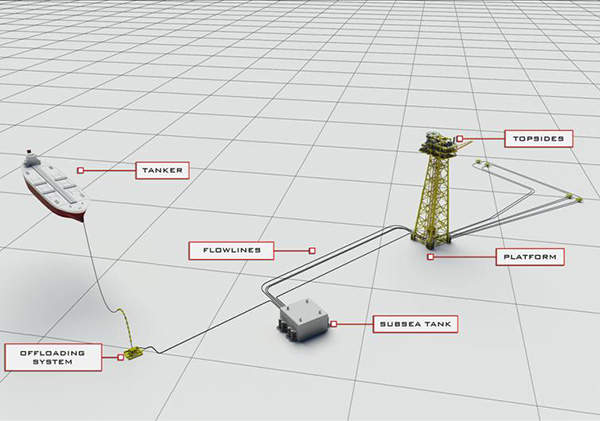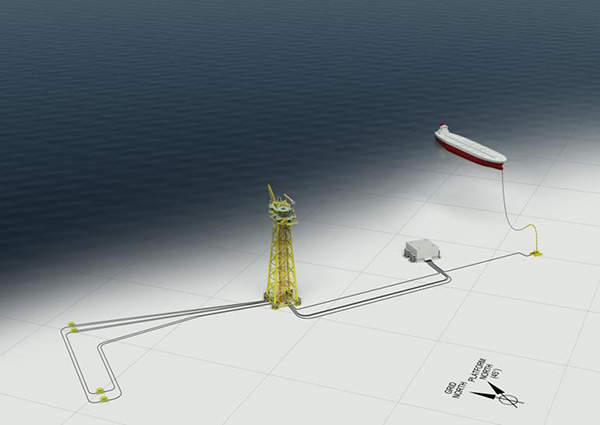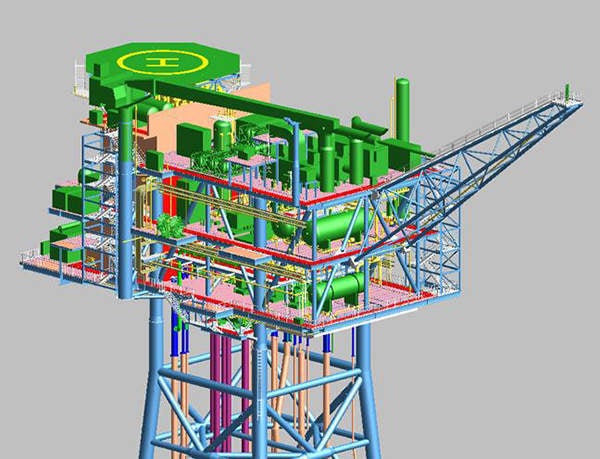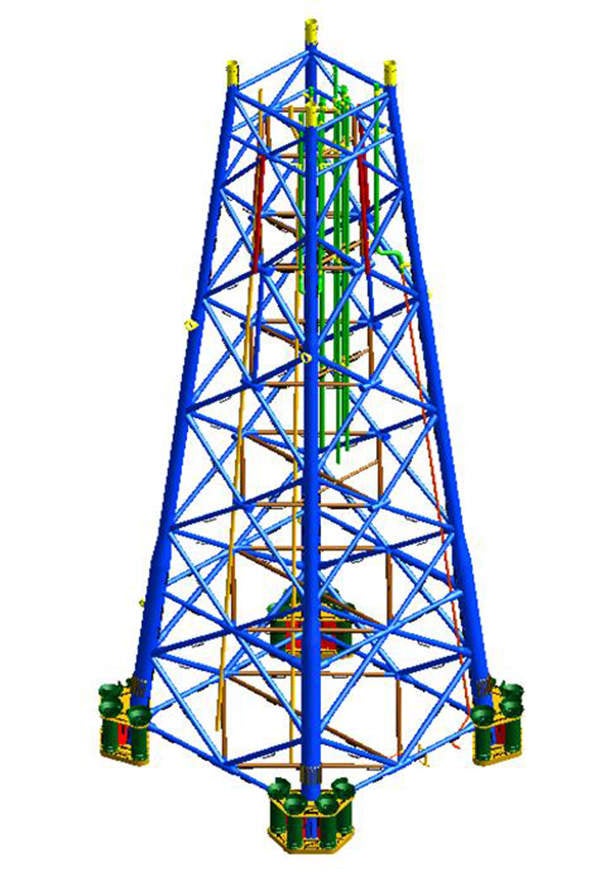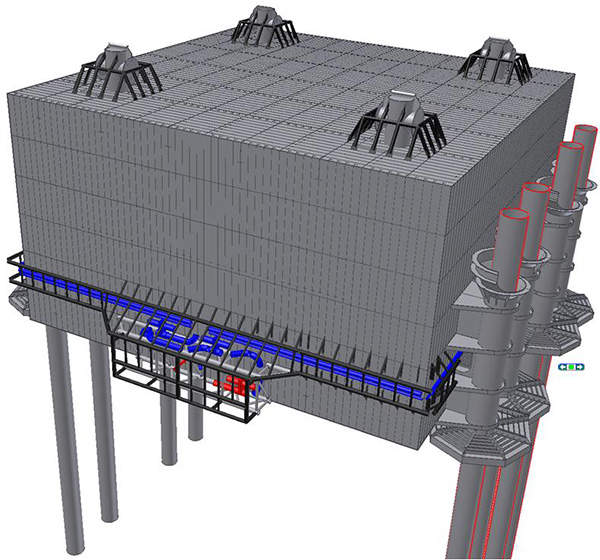Solan oil field lies in block 205/26A of production licence P164 located in the UK North Sea, west of the Shetland Islands, in 135m-deep waters.
Owned and operated by Harbour Energy, the project was developed with an estimated investment of $850m.
The Field Development Plan (FDP) for the Solan field was approved by the UK Government in April 2012. Drilling activities commenced in April 2013 and first production from the field was achieved in April 2016.
The field is currently producing at a rate of 28,000 barrels of oil (bbl) each day. It has an estimated life of 20 years.
Discovery and drilling of Solan
Solan was discovered in 1991 by Amerada Hess (now, Hess Corporation) with the drilling of the 205/26a-4 vertical discovery well. The well flowed at a rate of 8,346 barrels of oil per day (bpd).
Amerada carried out a 3D field survey of about 260m² in 1993. Based on the survey, Amerada drilled three appraisal wells during the 1990s. The company did not undertake development due to low oil prices and volumetric risk.
Another survey of about 1,200km² was carried out by BP / Arco in 1995. In 2007, the field was acquired by Chrysaor, which conducted two appraisal-drilling programmes in 2008 and 2009.
The appraisal activities proved the feasibility of the field development and a northern extension of the field, called the Strathmore discovery. Premier became a partner in the Solan field in 2011. In March 2021, Premier and Chrysaor completed an all-share merger to form Harbour Energy.
Geology and reserves of the North Sea field
Solan includes a combined structural/stratigraphic trap containing an 850ft-high hydrocarbon column of the Jurassic age. The accumulation is spread over an area of 7.1km². It is enclosed by claystone of the Kimmeridge Clay Formation on the top and Lower Solan Mudstone at the base. The oil present in the reservoir has medium-viscosity with a low gas-to-oil ratio.
The oil field is expected to produce more than 44 million barrels of oil (MMbpd) during its production life. The Strathmore discovery is estimated to contain three million barrels of oil equivalent.
Solan oil field development details
Solan was developed with three production wells and two injection wells. The 205/26A-8/8Z/8Y appraisal well was re-entered and side-tracked to convert into a producer. The 205/26A-7/7Z appraisal well was used as an injector.
The wells were tied back to a normally unmanned conventional steel platform through subsea flowlines and control lines.
Produced oil is stored in a specially designed 300,000bbl subsea storage tank. The tank has avoided the need to build a costly submarine pipeline. It also greatly reduces the impact on the environment. The oil is transferred from the tank to shuttle tankers.
Infrastructure at Premier Oil’s field
The Solan platform is supported by a piled steel jacket. The topsides weigh 3,500t and the jacket weighs 8,000t. The platform is designed to process up to 28,000bpd of dry oil and 35,000bopd of liquids.
The facility with the capacity to accommodate 30 men was manned only during the first year of its operation. It has sufficient capacity to support third-party tie-ins. Smaller accumulations in the area, which were earlier uneconomical to be developed, can be tied back to the Solan facility.
Contractors involved with the Solan oil field project
Atkins Global was responsible for the structural design and assessment of the offshore facilities. Ocean Installer was contracted to carry out an offshore survey for the project. The company deployed its Normand Clipper vessel to conduct the survey.
Awilco Drilling provided drilling services for the project. The procurement and fabrication of the topsides and jacket of the processing platform were awarded to Burntisland Fabricators as part of a £145m ($233m) contract.
ADIL was responsible for the construction of the subsea storage tank under a £15m ($24m) contract. Heerema was responsible for the installation of the platform and subsea tank. Shetland Maritime provided marine support.
Two offshore grouting contracts were awarded to FoundOcean, with Heerema Marine Contractors and Bibby Offshore awarded two subcontracts to FoundOcean for providing grouting services for the project. The contractual scope includes structural grouting for the 8,000t Solan platform jacket, the specially designed 300,000bbl subsea storage facility, and pile-grouting for the offloading system base. The offloading system carries oil to a shuttle tanker from the subsea storage facility.
Premier Oil signed a three-year contract worth more than £30m with Aker Solutions in April 2013, entitling Aker to provide hook-up, commissioning and facility management services at the field.
Burntisland Fabrications (BiFab) was contracted in 2012 for the procurement and construction of the topside and the jacket. BiFab’s Methil, Burntisland and Arnish manufacturing facilities were involved in the work. Offshore Design Engineering acted as a subcontractor to BiFab for the detailed design stage of the project.
Emerson Process secured a $17m contract to provide project management services, detailed designing, commissioning, configuration, electrical and telecommunication equipment for the production platform of the Solan oil field.

